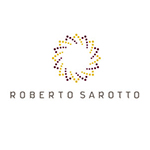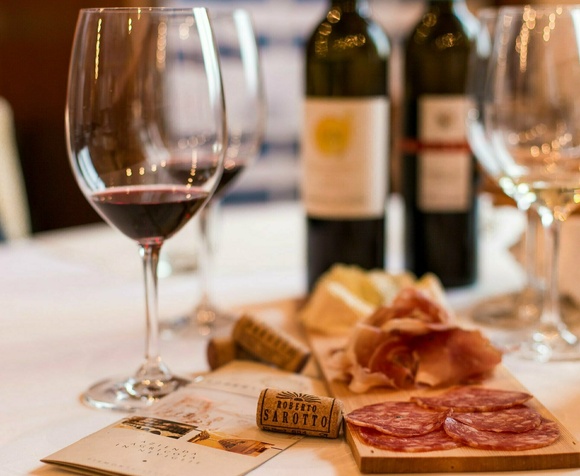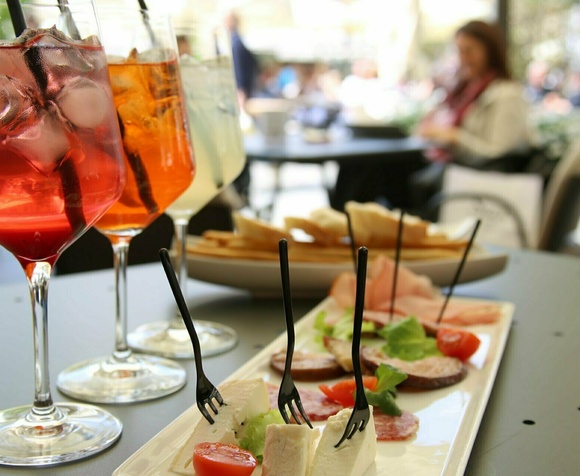 Azienda Agricola Roberto Sarotto
Azienda Agricola Roberto Sarotto
Neviglie, CN
Our family history began back in 1820, when Giuseppe Sarotto arrived in Neviglie and started the winemaking business. Since then, from generation to generation, we have continued to cultivate a passion for wine, with Angelo and later his son Roberto carrying on the family legacy. In the 1980s, with Roberto's degree in oenology, we started a new phase for the company, expanding to include the purchase of a property in Barolo and adding Barbaresco to our range. Our growth did not stop there: in the early 1990s we further expanded our properties in the Gavi area, opening a secondary winery.
Sustainability is at the heart of our production philosophy, with a commitment to harmonious vineyard establishment that respects the surrounding flora and fauna. We adopt non-invasive farming methods to promote biodiversity and preserve the soil's natural resources. While maintaining a hand-harvesting activity, we invest in modern technologies to ensure the best care of our wines, combining tradition and innovation to meet the needs of our consumers, offering high quality wines at affordable prices.








